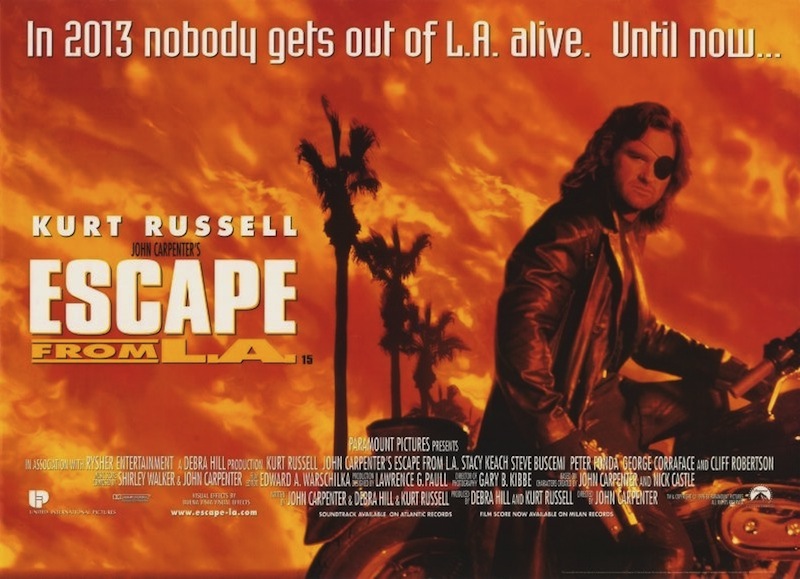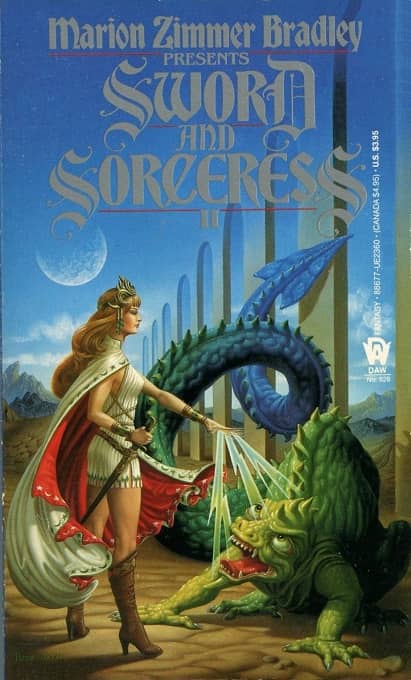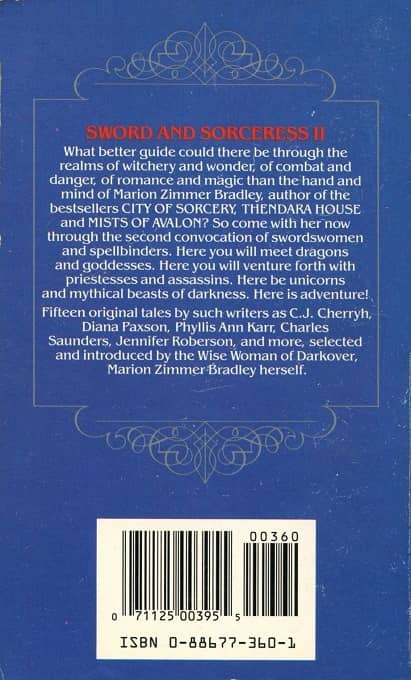The Beauty in Horror and Sadness: An Interview with Darrell Schweitzer
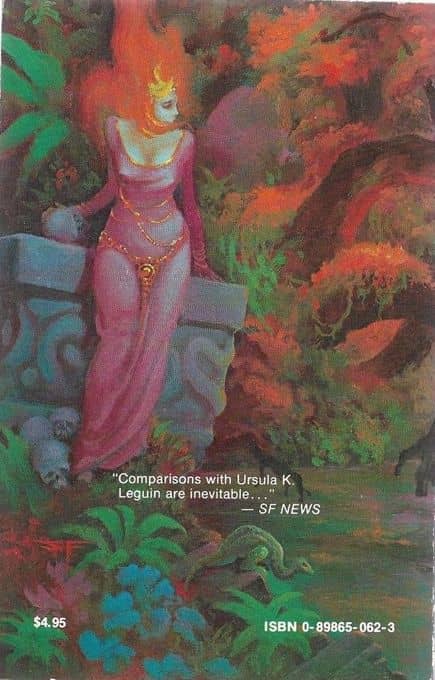 |
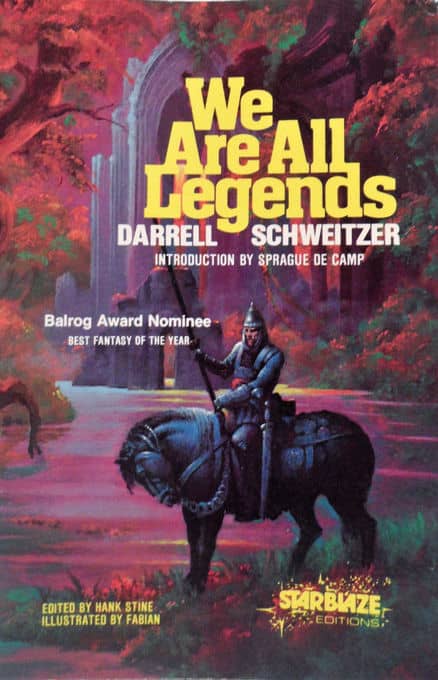 |
Cover by Stephen Fabian
Intro
It is not intuitive to seek beauty in art deemed grotesque/weird, but most authors who produce horror/fantasy actually are usually (a) serious about their craft, and (b) driven my strange muses. This interview series engages contemporary authors & artists on the theme of “Art & Beauty in Weird/Fantasy Fiction.” Previously we cornered weird fantasy authors like John Fultz, Janeen Webb, Aliya Whiteley, and Richard Lee Byers.
Today we hear from the legendary author and editor of weird fiction, Darrell Schweitzer!
Darrell Schweitzer is an American writer, editor, and essayist in the field of speculative fiction. Much of his focus has been on dark fantasy and horror, although he does also work in science fiction and fantasy. Schweitzer is also a prolific writer of literary criticism and editor of collections of essays on various writers within his preferred genres. Together with his editorial colleagues Schweitzer won the 1992 World Fantasy Award special award in the professional category for Weird Tales. His poem Remembering the Future won the 2006 Asimov’s Science Fiction‘s Readers’ Award for best poem. His novels include The White Isle, The Shattered Goddess, The Mask of the Sorcerer, and The Dragon House. His most recent story collection is the explicitly Lovecraftian Awaiting Strange Gods published by Fedogan & Bremer. He has also been known to lead the choir at Cthulhu Prayer Breakfasts, where his The Innsmouth Tabernacle Choir is used. He has published books about H.P. Lovecraft, Robert E. Howard, and Lord Dunsany.
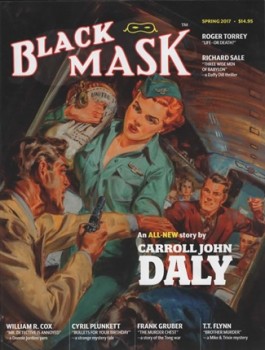
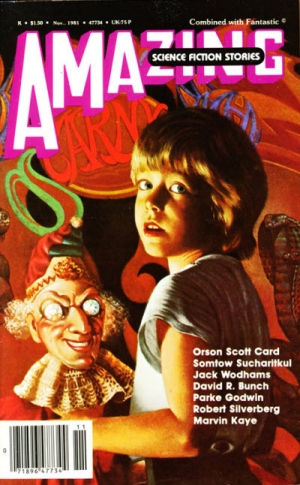
 The
The 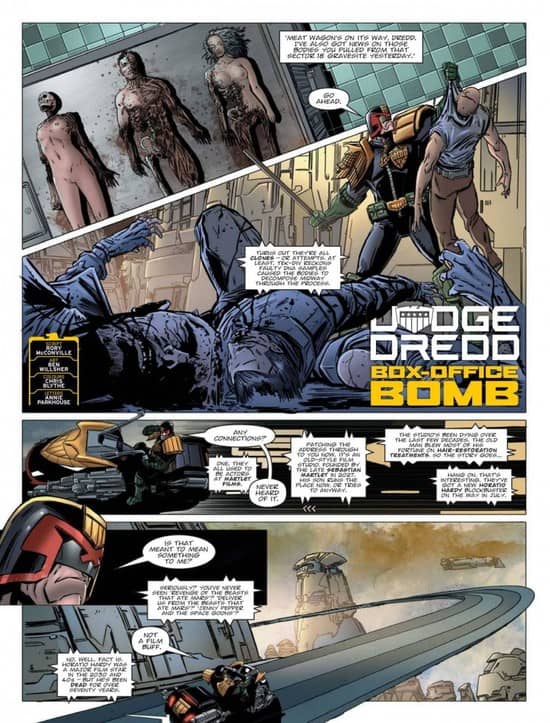
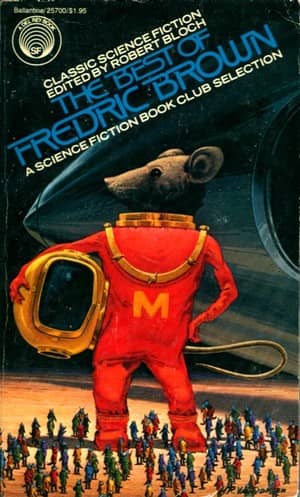

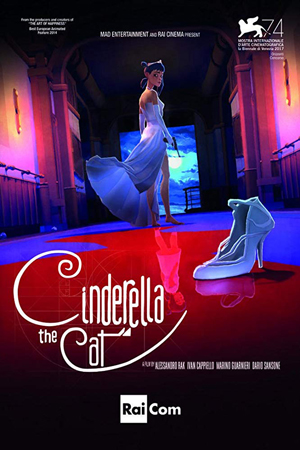 I had three films on my schedule for Monday, July 30. First, an animated science-fictional retelling of Cinderella for adults, called Cinderella the Cat. Then I’d hurry from the J.A. De Sève Theatre to the Centre Cinéma Impérial, where Fantasia was presenting a documentary from the early 80s about bandes dessinées: Pourquoi l’étrange Monsieur Zolock s’intéressait-il tant à la bande dessinée? Then I’d run back to the Hall Theatre for a presentation of Sion Sono’s Tokyo Vampire Hotel, a kinetic horror-action film with campy apocalyptic overtones. Even for Fantasia, it was going to be a strange day.
I had three films on my schedule for Monday, July 30. First, an animated science-fictional retelling of Cinderella for adults, called Cinderella the Cat. Then I’d hurry from the J.A. De Sève Theatre to the Centre Cinéma Impérial, where Fantasia was presenting a documentary from the early 80s about bandes dessinées: Pourquoi l’étrange Monsieur Zolock s’intéressait-il tant à la bande dessinée? Then I’d run back to the Hall Theatre for a presentation of Sion Sono’s Tokyo Vampire Hotel, a kinetic horror-action film with campy apocalyptic overtones. Even for Fantasia, it was going to be a strange day.